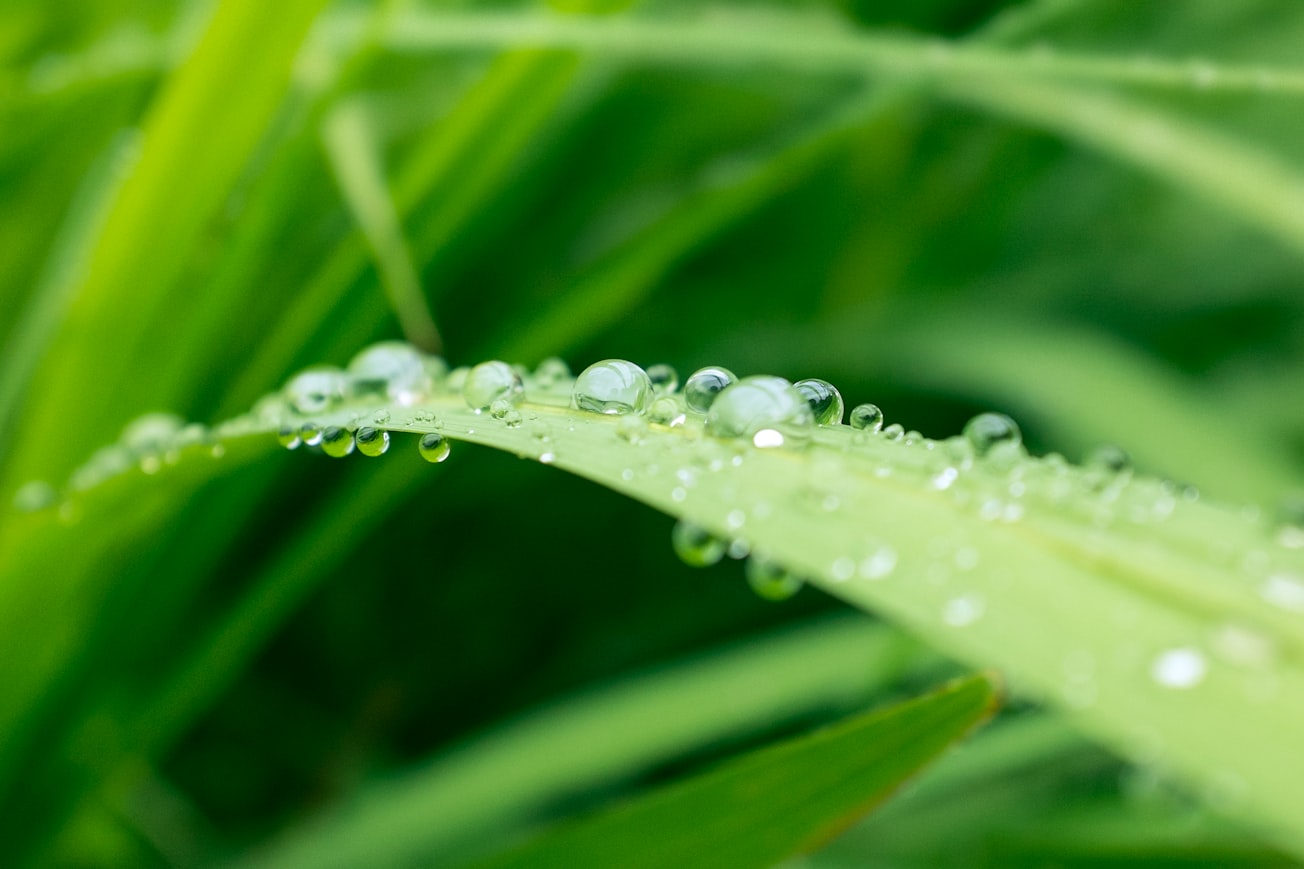What is it about?
Many industrial and daily life problems such as scales of pipe works, corrosion in marine environments, hospital acquired infectious diseases, chronic diseases, MRSA, sanitary problems in food industries, toilets, kitchen etc. are caused by biofilms produced on materials surfaces by bacterial activities. Therefore, biofilms should be controlled. To control biofilms properly, they are measured and evaluated correctly. In this study, the liquid squeezing process developed by Riken Japan and Kitagawa Corporation was applied to the purpose. National Institute of Technology (KOSEN), Suzuka College which have pursued, developed and promoted biofilm research cooperated with them and all of them succeeded in the establishment of effect evaluation system for biofilms. This paper described the principle and successful results.
Featured Image

Photo by Kahika on Unsplash
Why is it important?
The liquid squeezing method which Dr. Nobuyuki Tanaka (Riken Japan) invented is an excellent technique to evaluate wettability of materials surfaces. Since biofilms produced on materials' surfaces by bacterial activities are related closely to wettability, hydrophilicity, hydorphobicity etc, the new evaluation technique focused on the point. Therefore, their focal point for this study is very unique, creative and original.
Perspectives
This paper shows the liquid squeezing could be not only to biofilm problems, but also applied to evaluation for biofilms. The uniqueness and originality of the process will have the future and it will be applied to fields relating to wettability much more.
Professor Hideyuki Kanematsu
National Institute of Technology, Suzuka College
Read the Original
This page is a summary of: In-situ detection based on the biofilm hydrophilicity for environmental biofilm formation, Scientific Reports, May 2019, Springer Science + Business Media,
DOI: 10.1038/s41598-019-44167-6.
You can read the full text:
Contributors
The following have contributed to this page










